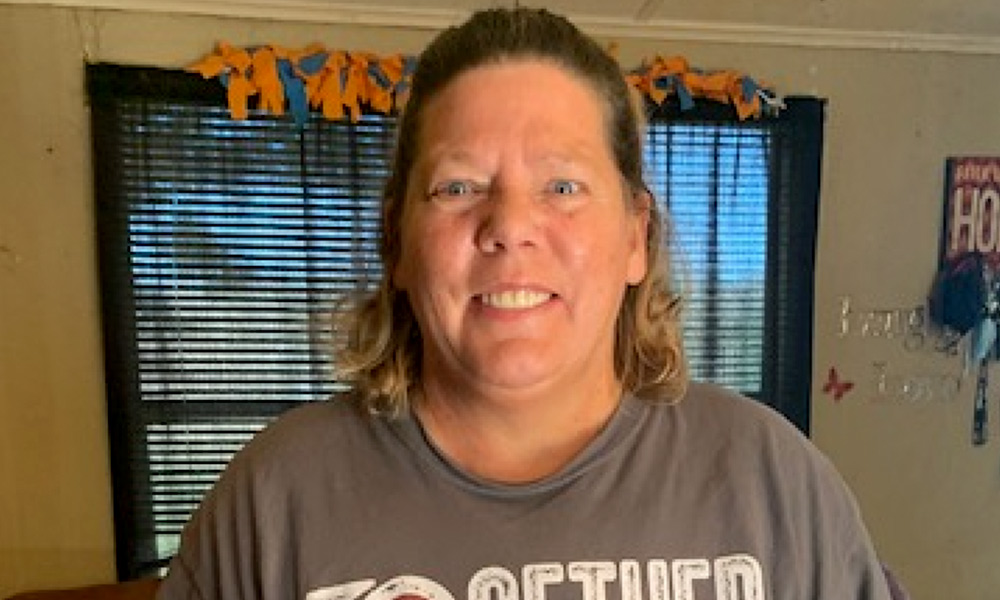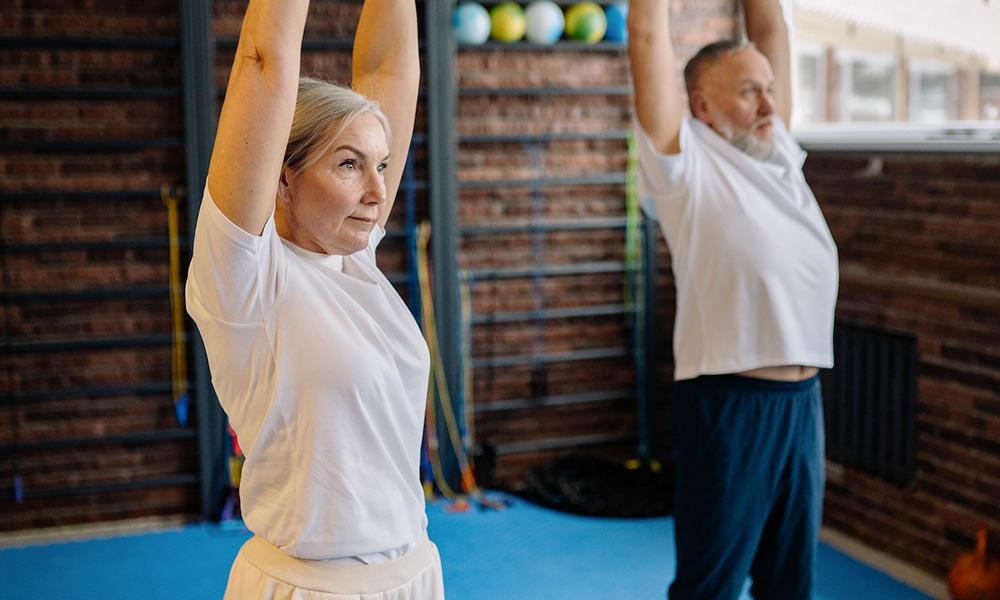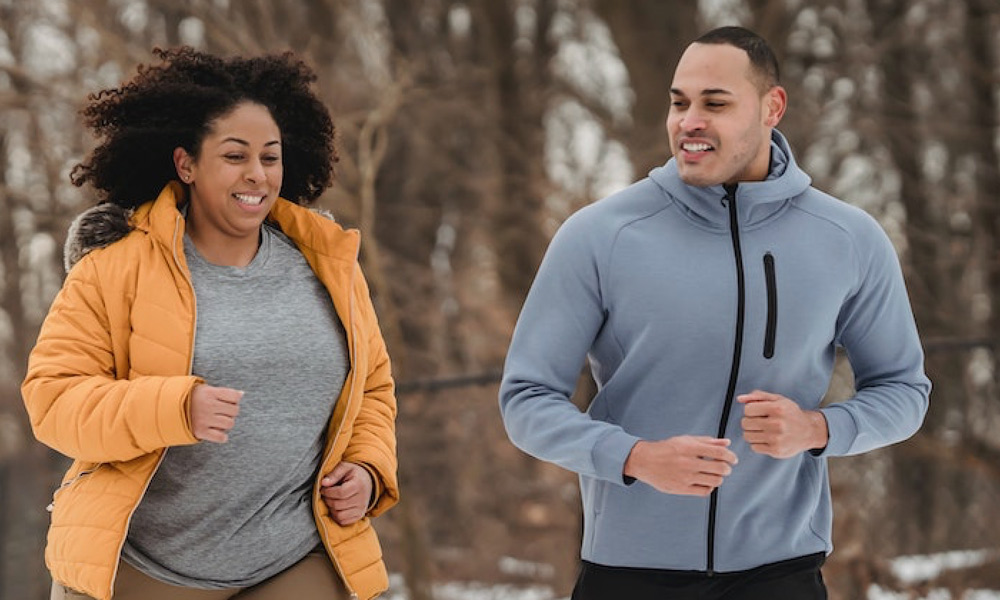The Survivor Fitness team is forever motivated by our outstanding participants. They’ve faced such big challenges and tackled them head-on. It’s such a joy to hear our survivors’ many testimonials, and we’re thrilled to shine the spotlight on Melissa Lyon in this Q & A feature.
A Q & A with Melissa Lyon
Survivor Fitness: Tell us about your relationship with Survivor Fitness and how you became a participant.
Melissa Lyon: After talking to my doctor about reconstructive surgery on my breast, they needed me to lose weight before they could operate. I wanted to try diet pills, but my Nurse Navigator suggested I speak with the team at Survivor Fitness first.
SF: When did your journey with Survivor Fitness begin?
ML: I started in October of 2020 and finished up in January of 2021.
SF: How has Survivor Fitness helped you along your journey to regaining your health and wellness?
ML: Survivor Fitness put me in touch with my personal trainer, Stephanie. Stephanie took my vitals and my weight before coming up with a game plan. I went two times a week for 12 weeks, for an hour each time. She coached me to change my habits. For example, I was drinking a lot of soda instead of water. I was challenged to drink water every day, so it became two steps above hate for me. But, after I saw the end results, I was very motivated to stay active. I lost 10 pounds, as well as inches in my waist, arms, and legs. I joined a gym to keep up the work, as I still have a ways to go before reaching my goal.
SF: What would you tell someone else who might be on a similar journey and is considering being a Survivor Fitness participant?
ML: I encourage any cancer survivor struggling with their weight or getting in shape to get in touch with Survivor Fitness. Meg and Stephanie are both such awesome individuals who don’t pass judgment. I walked away from this experience motivated and feeling like I could conquer the world!
Interested in Becoming a Survivor Fitness Participant?
If you or someone you know is a cancer survivor looking to regain your health and wellness through one-on-one personal training and nutritional support, we’re here for you! Connect with us today to learn more.





